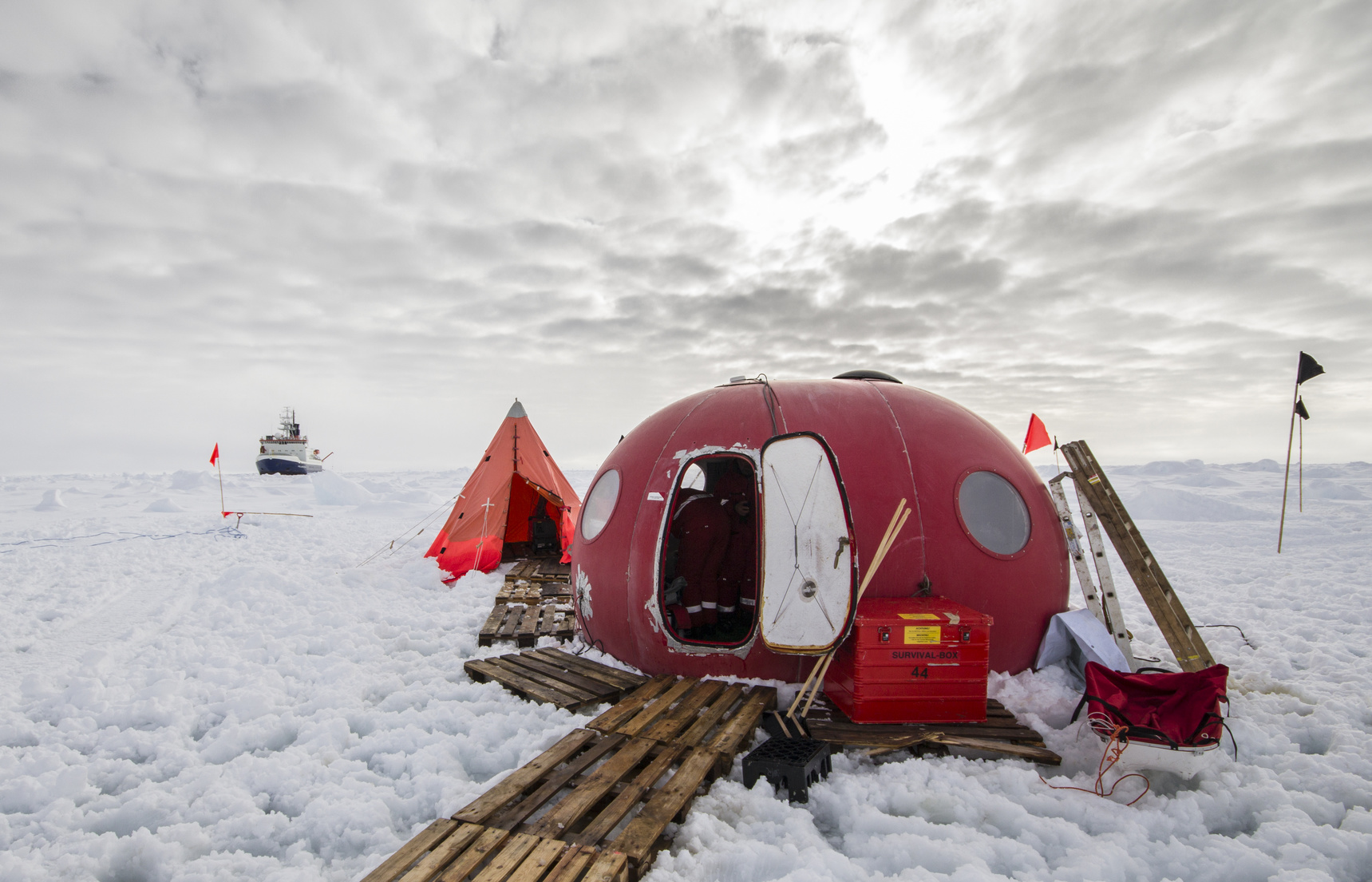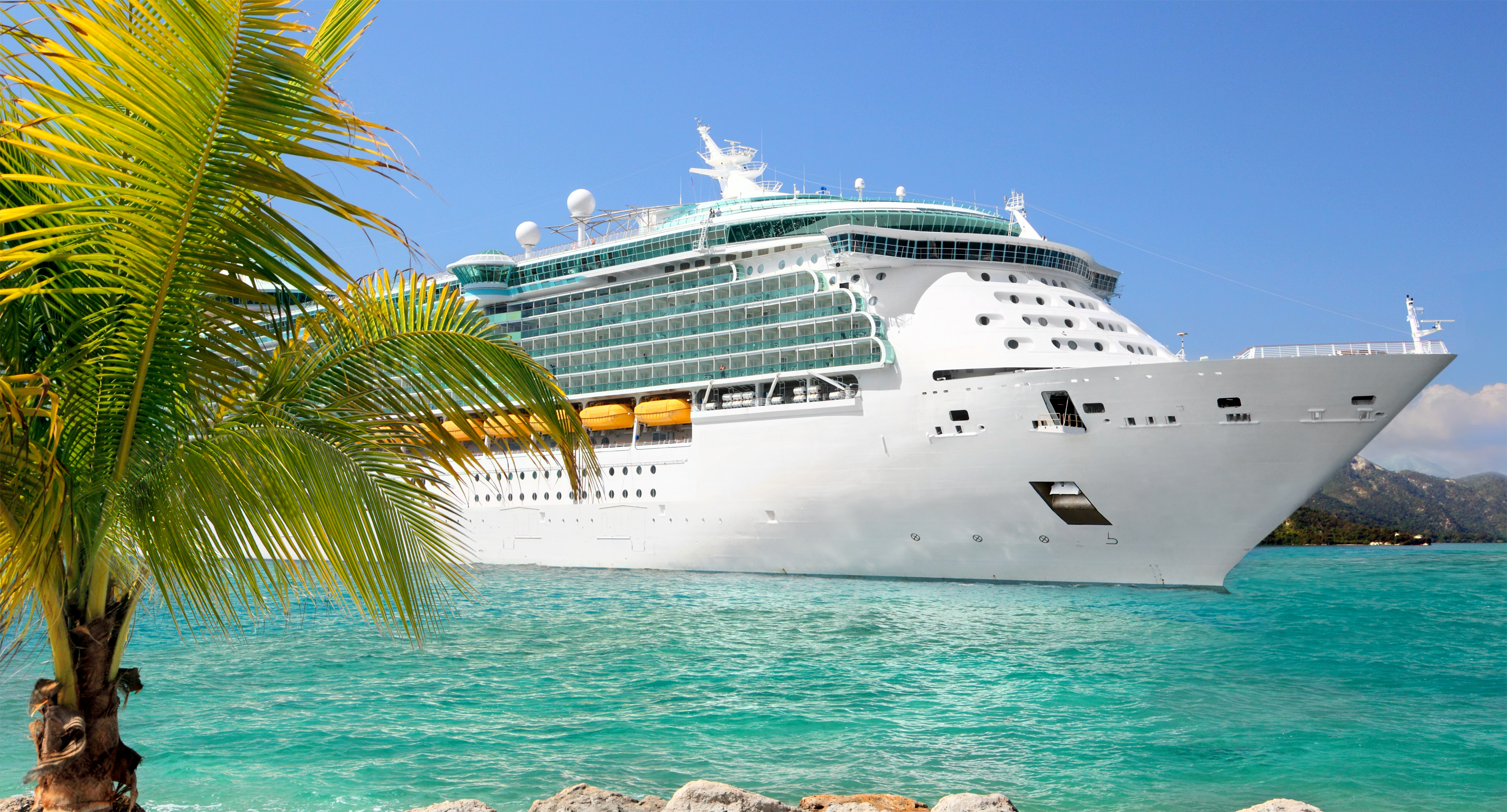Journey to the Ends of the Earth on a Polar Expedition

Your body aches from walking day after day on the polar ice. Exposed to the biting chill and constant glare of the sun, you know that you’re really starting to push yourself to the limit. But you have to keep going, have to make sure you and the team achieve your distance for the day. You breathe hard and carry on, a smile on your face. For this is perhaps the most staggeringly beautiful places on Earth.
The North and South Poles have long captured the imaginations of explorers and adventurers. Expeditions to these unique places throw up immense challenges. Yet to lump them together is misleading, for there are crucial differences which have to be recognised by any would-be explorers. Those heading out to the North Pole must travel over what is in reality the frozen sea of the Arctic Ocean – the drift of the ice may work against you and makes permanent habitation impossible. Because the Antarctic is a continent however, there is land beneath the ice, which allows the establishment of bases. Antarctica is also the driest place on earth, making it easier to deal with the constant cold; the Arctic however is exceptionally humid: strategies to deal with the moisture inside a tent are therefore essential.
Journeying to the Poles
The most practical and safest way to make an attempt on either the North or South Pole is going on an organised expedition. A number of companies offer polar expeditions that place an emphasis on teamwork and discipline while encouraging an ‘in-the-moment’ mentality. The aim is not to try to set a world record but to finish the expedition with a greater knowledge of life in the Poles, and hopefully a deeper understanding of yourself.
A typical expedition to the North Pole can last up to three weeks, during which teams will travel over 200km, carrying all of their equipment by sled and tackling a number of obstacles, such as the climate and skiing against the ongoing drift of the ice. It’s not all hard work though, as the measured pace of the trek will allows participants to appreciate the staggering beauty surrounding them and the rare, liberating sense of utter isolation.
Voyages to the South Pole can take around a week and a half to complete but are no less of a challenge and experience for the intrepid. Because the ice is much more fixed than in the Arctic, the effect of the wind can create formations with irregular ridges, known as ‘sastrugi’. These can be tiring to walk on, and the altitude is another factor which adds to the tasking conditions. Nevertheless the astonishing 24-hour daylight, sublime wilderness and the prospect of reaching the end of the Earth easily overcome any weariness.

It goes without saying that polar expeditions do carry significant risks. It’s essential to have the right type of insurance, and Let’s Go Insure is the place to get it from. Whether it’s our annual multi-trip travel insurance or our single trip travel cover, we’ve got your back – wherever you are in the world.





